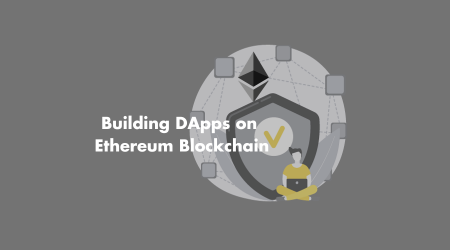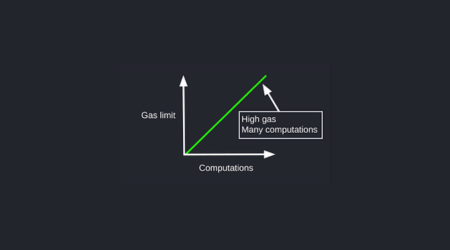Are you ready to dive into the world of DApps and smart contracts on the Ethereum blockchain?
Imagine being able to create and manage your own applications without any central authority.
In this article, we will guide you through the basics of decentralized apps and smart contracts, help you understand the Ethereum blockchain, and show you how to develop apps and write smart contracts on this powerful platform.
Get ready to unlock the potential of decentralized technologies and revolutionize the way you build and interact with applications.
1. Key Takeaways
- Decentralized app architecture operates on a decentralized network, distributing data and operations across multiple nodes.
- Smart contracts are self-executing contracts with terms written into code, providing automation, security, and transparency.
- Ethereum blockchain enables the creation of decentralized financial applications, but faces scalability challenges that require solutions.
- Developing decentralized apps on Ethereum involves considering architecture, functionality, and utilizing smart contracts for automation.
2. The Basics of DApps and Smart Contracts
To understand the basics of decentralized apps and smart contracts, you’ll need to grasp the fundamental concepts behind them.
Decentralized app architecture refers to the structure and design of apps that operate on a decentralized network, where data and operations are distributed across multiple nodes.
Smart contracts are self-executing contracts with the terms of the agreement directly written into code. Benefits of using smart contracts include automation, security, and transparency.
Now, let’s delve into understanding the ethereum blockchain.
3. Understanding the Ethereum Blockchain
Understanding how the Ethereum blockchain works is essential when developing dApps and smart contracts.
The Ethereum blockchain has had a significant impact on the financial industry, enabling the creation of decentralized financial applications and disrupting traditional financial systems.
However, exploring the scalability challenges of the Ethereum blockchain is crucial. With its current design, the Ethereum network faces limitations in terms of transaction speed and capacity, making it necessary to find solutions that can handle increasing demand.
Now, let’s delve into the process of developing decentralized apps on Ethereum.
4. Developing Decentralized Apps on Ethereum
When developing on Ethereum, you’ll need to consider the architecture and functionality of your decentralized applications.
These apps are built on the Ethereum network, utilizing its blockchain technology to create transparent, secure, and censorship-resistant applications.
To better understand the process, here is a table that highlights the key aspects of decentralized app development on Ethereum:
| Aspect | Description |
|---|---|
| Smart Contracts | Self-executing contracts with predefined rules that automate processes within the app. |
| DApp Architecture | The structure and components of the decentralized application, including front-end and back-end. |
| Ethereum Network | The decentralized network that hosts the app and ensures data integrity and consensus. |
| Web3.js | A JavaScript library that enables interaction with Ethereum’s blockchain and smart contracts. |
Now that you have a basic understanding of app development on Ethereum, let’s explore the process of writing smart contracts for Ethereum without writing ‘step’.
5. Writing Smart Contracts for Ethereum
The process of writing smart contracts for Ethereum involves utilizing predefined rules within self-executing contracts.
To write smart contracts, you need to use the Solidity programming language, which is specifically designed for Ethereum.
Once you have written your smart contract, it is important to thoroughly test it to ensure its functionality and security. Contract testing involves running simulations and executing various scenarios to identify any potential issues.
After testing, you can deploy your smart contract onto the Ethereum blockchain, making it accessible to users. This ensures transparency and immutability of your contract.
6. Best Practices for Building on the Ethereum Blockchain
To ensure the security and efficiency of your applications, it’s crucial to follow best practices when developing on the Ethereum blockchain.
When it comes to security considerations for Ethereum blockchain development, make sure to implement secure coding practices, conduct thorough testing and auditing, and use multi-signature wallets for key management.
Additionally, optimizing performance in Ethereum decentralized apps involves minimizing gas costs, reducing storage usage, and optimizing smart contracts for efficient execution.




